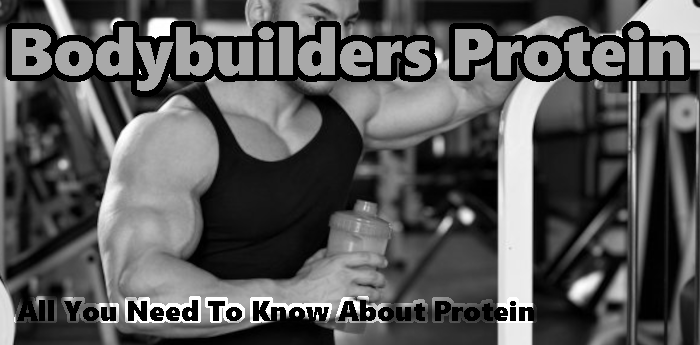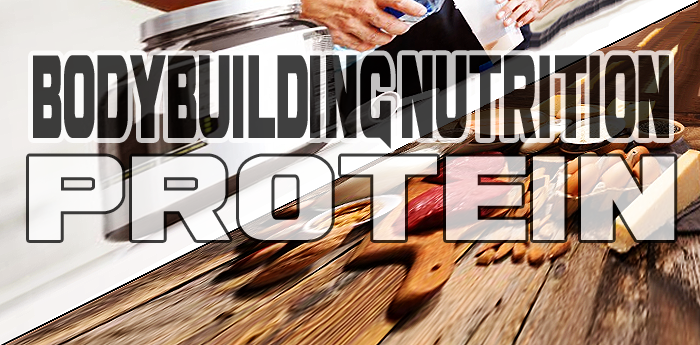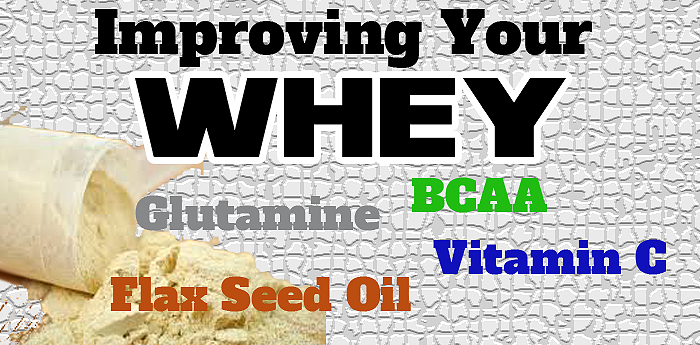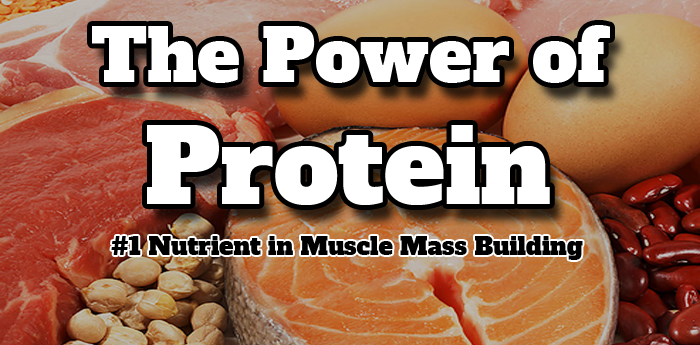

By: Anthony Ricciuto
B.Phed C.F.T., S.P.N., F.T., S.W.M.
AS Reprinted From PL USA
In the world of power and strength, is there any nutrient more popular than protein? Of course not! Protein is the most popular macronutrient among strength athletes and for good reason. What is it about this powerful nutrient that has everyone consuming more protein? From the lay person to the elite athlete, protein plays a major role in not only our physical health but in our performance. Protein has been researched for years but who really has the time to search through numerous studies trying to put all the data together? I am going to give you the powerlifter a quick overview of this powerful nutrient, and explain what are the best types and ways to incorporate protein in your powerlifting diet.
What Is Protein? Protein is an organic compound composed of carbon, hydrogen, oxygen and nitrogen. One of the main functions of protein is to synthesize structural proteins like muscle. Protein is also responsible for synthesizing structural hormones like Insulin, Growth Hormone and Insulin Growth Factor 1. These are anabolic hormones that can influence many functions in the body including muscle growth, recovery, strength and the absorption of nutrients into your muscle cells. Your body uses protein to make structural and biochemical reactions that are required for muscle contraction, cardiovascular function and immunity from disease, just to name a few.
What Does Protein Consist Of?
Protein is composed of 22 amino acids which are known as the building blocks of life. It is these building blocks from which protein molecules are created. There are two main types of amino acids, essential and non-essential. The 9 essential amino acids cannot be manufactured by the human body so they must be obtained from the foods that you consume.
Amino Acid Listing
| Amino Acid |
Function |
| Alanine (Non-Essential) |
Energy source for muscle
tissue
Strengthens the immune system by producing
antibodies |
| Arginine (Non-Essential) |
Helps detoxify liver
Causes the
pituitary gland to release growth hormone
Needed to combine
proteins
Increases muscle massReduces body fat
Increase
immune system strength |
| Aspartic Acid
(Non-Essential) |
Shuttles toxic ammonia out of
body |
| Cystine (Non-Essential) |
Antioxidant
Aids Protein
Synthesis |
| Glutamic Acid
(Non-Essential) |
Reduces cravings for
sugar
Reduces Fatigue |
| Glutamine |
Increases Growth Hormone secreted
by pituitary gland |
| Glycine (Non-Essential) |
Hormone Manufacturing |
| Hormone Manufacturing |
Aids digestion |
| Isoleucine (Essential) |
Raises energy levels |
| Leucine (Essential) |
Helps heal the muscle
tissue |
| Lysine (Essential) |
Aids in growth
Needed for
tissue repair
Produces antibodies, hormones and
enzymes
Helps metabolize fats into energy
Maintains
nitrogen balance |
| Methionine (Essential) |
Helps remove fatty substances from
body
Helps digestion |
| Phenylalanine
(Essential) |
Suppresses appetite
Produces
the chemicals which control impulse transmission between nerve
cells |
| Proline (Non-Essential) |
Needed for proper functioning of
joints and tendons
Helps strengthen heart
muscle |
| Serine (Non-Essential) |
Strengthens Immune System
Makes
Antibodies |
| Threonine (Essential) |
Helps maintain protein balance in
the body |
| Tryptophan (Essential) |
Releases growth
hormone |
| Tyrosine (Non-Essential) |
Healthy functioning of Thyroid and
Adrenal Glands |
| Valine (Essential) |
Muscle
Coordination |
Some experts have now broken that down even further into another category known as conditionally essential amino acids. Scientists have found that these amino acids play a major role in performance and recovery. The amino acid index can be seen in Chart 1A. There are also two types of protein. They are complete proteins and incomplete proteins. Complete proteins contain all of the essential amino acids while the incomplete proteins are deficient in one or more. When consuming protein one must consume foods that are complete proteins since the body will not fully utilize it towards protein synthesis. It is possible to mix two incomplete proteins to make a complete protein. One example is mixing rice with beans. A list of complete and incomplete proteins can be seen in Chart 2A.
So what happens to protein once it enters your body? There are several enzymes in the stomach such as pepsinogen, hydrochloric acid and trypsinogen. These enzymes start to breakdown the long chains of amino acids into shorter chains of amino acids. Once protein is broken down into these smaller chains, this partially digested protein enters your small intestine. Here pancreatic enzymes continue to break down these chains until they are broken down into short chain amino acids also known as polypeptides or into single amino acids.
As these amino acids progress through the small intestine, they are subject to another type of enzymes which are known as peptidases. Peptidases are responsible for the break down of the polypeptides into single amino acids and chains of amino acids that are two or three long in length. These are known as dipeptides and tripeptides. Chains of amino acids that are 4 peptides in length cannot be transported across the intestinal wall and this is why they have to be further broken down before they can be absorbed.
Once they are broken down into this state, they are now able to be absorbed into the bloodstream. From here they are transported to the liver to perform a specific function. They can now perform one of the following. They can be converted into another amino acid, they can be reduced into metabolites, they can be used to create and form a specific type of protein, or they can reenter the bloodstream causing them to circulate throughout our body.
Whey was once a by-product that was thrown away by dairy manufacturers. For the last decade whey protein has been the number one protein. Whey protein is very important for the powerlifter trying to maximize strength and muscle mass for several reasons. First we should discuss something called Biological Value(BV). The Biological Value Scale was developed to measure the quality of a specific protein. It rates how efficiently your body uses a specific protein source. The higher the biological value, the more amino acids and nitrogen your body is retaining from the food you eat.
This means there is potential for more muscle growth and strength. Egg whites used to be at the top of the scale as they rated a score of 100.
Whey protein rates 106-159. A Biological Value assessment of different protein sources can be seen in Chart 3A. Not only is more nitrogen retained in the body with whey protein, but it also enters the bloodstream the fastest. This is very important when you want to get amino acids and other nutrients into the bloodstream as fast as possible. One example would be directly after your workout, since you want to flood your muscles with valuable amino acids at this time to increase anabolism and prevent muscle breakdown. Whey protein is also high in Branch Chain Amino Acids as well as glutamine. Whey is known as the anabolic protein since it increases protein synthesis the best. Even as good as whey gets, you must educate yourself when purchasing whey protein. Not all wheys are created equal. There are three major types of whey.
They are whey concentrate, whey isolate and whey hydroslate. The concentrated version of whey is usually between 50-80 percent protein. The isolated version separates whey from lactose, ash, fats and carbs so that you receive a 90-97 percent protein. The best types are either ion exchange or cross flow micro filtered whey isolate. Of course the isolate is more expensive since you are getting more protein per gram of powder.
Whey hydroslate is the most expensive but for a reason. It is partially digested and is already broken down into di and tri peptides before it even hits your stomach. This means that it will enter the bloodstream the fastest and is most responsible for producing anabolism when taken directly after your workouts. The best type would be a whey hydroslate 520. This stands for a molecular weight of 520 Daltons. I know this science stuff can get sickening but you will thank me latter when you see major improvements in your total.
Casein is the older brother of whey, as both are derived from milk. There is a big debate going on between supplement companies and scientists as to which protein is best. Casein doesn't rank as high as whey on the BV scale, so this leads to less nitrogen retention. It is also low in glutamine and doesn't have the amino acid profile like whey. One very important benefit of casein is that it is a slow release protein. Whey gets into the bloodstream the fastest but it has a shorter duration of amino acids in the blood stream.
Studies have shown that casein clumps when exposed to stomach acid. This causes a slower release and a prolonged duration of amino acids in the blood steam. This makes casein the ideal protein to take before bedtime because it provides a slow but continuous release of amino acids in the blood stream while you sleep. This will prevent you from entering a catabolic state during your overnight fast. This makes casein the ideal anti catabolic protein.
Hope you weren't bored with all the scientific mumbo jumbo, but I needed to explain the basics on how protein works. Everyone is always debating on how much protein one should consume daily. If a powerlifter decided to use the RDA for protein as his guideline then you are guaranteed to be looking at a fat and weak lifter. The minimum amount of protein a powerlifter should consume, note I said powerlifter, not athlete, belly dancer, or couch potato, is 1 gram per pound of bodyweight. This is quite simple. If you weigh 200 pounds than the minimum amount of protein you should consume per day, is 200 grams.
This should be a combination of whole foods and protein supplements. I have outlined a protein breakdown of different foods in Chart 4A. This will help you choose the right protein sources and portion size for your bodyweight. When training hard or you are dieting, your body will need even more protein. For my athletes when they are in serious training, I recommend they consume 1.5 grams to 2 grams of protein per pound of bodyweight. This may sound like a lot, but follow my advice and watch your progress skyrocket. If you have been skimping on your protein, now is the time to jack it up a notch. You will find an increase in muscle size, a decrease in body fat, improved recovery abilities, and an increase in strength.
When consuming this much protein you must keep yourself well hydrated, as increased protein consumption requires more water for digestion. You should drink a minimum of one gallon of purified water spread out throughout the day. Another question many of my athletes ask me is how much protein they should take in at each meal? This answer is relative to your body weight, time of the meal, and how many meals you consume per day.
I believe in eating several small meals per day. This will keep your blood sugars levels stabilized and it will keep you in an anabolic, or muscle producing state. When you go several hours without consuming protein you enter a catabolic or muscle wasting state. This means that your body is eating away at your muscles to provide your body with the amino acids it needs for proper functioning. When this happens, say good bye to your valuable muscle and hello to more body fat. If you weigh 200 pounds then you want to separate your protein throughout the day by consuming at least 5 meals. You should be consuming a minimum of 40 grams of protein for each of your 5 meals, spaced out every 3 hours.
This will keep you in a positive nitrogen balance which means you are retaining more nitrogen in your body than you are losing. This will keep you in an anabolic state, preventing you from losing valuable muscle and strength. The amount of protein that your body can digest at one serving is also relative. Scientists once thought that you could not digest more than 30 grams of protein per meal, which is not valid. We would not see some of the massive physiques that we see today if that theory was true.
For those under 200 pounds, 40 grams of protein or less per meal depending on bodyweight will be optimal. For those above 200 pounds, 50-70 grams of protein per meal is optimal, again depending on bodyweight and the time of the meal.
Mix and match different protein sources since each contains a different amino acid profile. This will provide a wide spectrum of amino acids preventing a deficiency in any specific one. In regards to the whey vs. casein debate, use them both. They have different strengths and weaknesses, but when combined in the diet they produce the most benefit. Whey should be consumed directly after your workout and casein should be taken before bedtime. The best sources of protein would be whey and Micellar Casein protein powders, beef, chicken, eggs, turkey, cottage cheese, yogurt, and fish.
Conclusion: After reading this article, I hope that it informed you on the value of protein in the powerlifter's diet. It is safe to say that the majority of powerlifters do not count their grams of protein consumed, thinking this a bodybuilding thing. That's not the case. Protein is important for the powerlifter, even more so, than the bodybuilder. There is no doubt that a high protein diet is very important for the success of the powerlifter. If you are looking to increase your muscle mass, decrease your body fat and add some serious poundage to your total, don't forget Bodybuilding Nutrition: The Power Of Protein!
| Essential Amino Acids |
| Valine* |
Methione |
| Tryptophan |
Lysine |
| Theronine |
Leucine* |
| Phenylalanine |
Isoleucine* |
| * Branch Chain Amino Acids |
| Conditionally Essential Amino Acids |
| Tyrosine |
Glutamine |
| Taurine |
Cysteine |
| Proline |
Arginine |
| Histidine |
|
| Non Essential Amino Acids |
| Serine |
Aspartic Acid |
| Glycine |
Asparagine |
| Glutamic Acid |
Alamime |
| Complete Protein Sources |
Incomplete Protein Sources |
| Whey |
Vegetables |
| Casein |
Fruits |
| Milk |
Rice |
| Eggs |
Grains |
| Beef |
Oats |
| Cheese |
Pasta |
| Chicken |
Nuts(some) |
| Fish |
Bread |
| Yogurt |
Sunflower Seeds |
| Cottage Cheese |
|
| Turkey |
|
| B.V. |
| Whey |
106-159 |
| Egg |
100 |
| Cow's Milk |
91 |
| Casein |
80 |
| Soy |
74 |
| Beef |
80 |
| Fish |
83 |
| Chicken |
79 |
| Wheat Gluten |
54 |
| Kidney Beans
|
49 |
| Food |
Size |
Protein(grams) |
| Milk |
8oz |
8g |
| Cheddar Cheese |
1oz |
7g |
| Cottage Cheese |
1 cup |
31g |
| Hamburger (Regular) |
8o |
40g |
| Hamburger (lean) |
8oz |
47g |
| Roast Beef |
8oz |
33.5g |
| Sirloin Steak |
7oz |
31g |
| Chicken (White) |
4oz |
23.5g |
| Chicken (Dark) |
4oz |
27g |
| Turkey (White) |
4oz |
39g |
| Turkey (Dark) |
4oz |
29g |
| Salmon |
8oz |
51g |
| Tuna |
½ can |
20g |
| Egg (whole) |
1 |
6g |
| Egg (White) |
1 |
3.5g |
| Egg (Yolk) |
1 |
2.8g |
| Kidney Beans |
1 cup |
14.5g |
Thank You....
Tags: Athlete Nutrition Supplements Protein Muscle Builder General Health Whole Foods
Send Us Your Comments:
Bodybuilding Nutrition: The Power Of Protein - Comments
Related Articles
Sponsored Products:
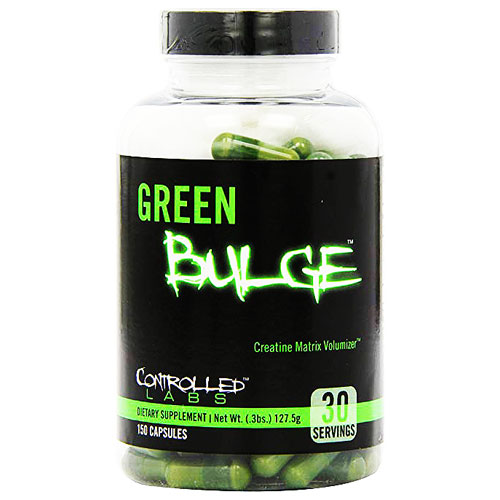
Creatine Volumizer Matrix!
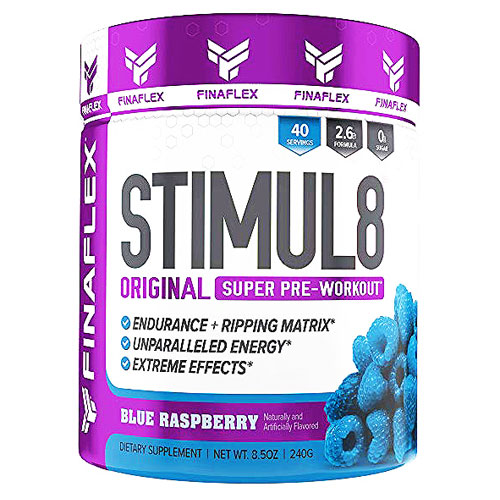
Extreme Results!
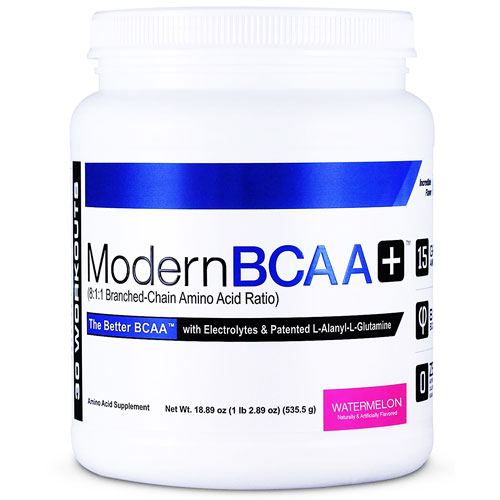
The Better BCAA!
Comments:

 Nutrition Books
Workout Accessories
Videos
Workout Music
Nutrition Books
Workout Accessories
Videos
Workout Music
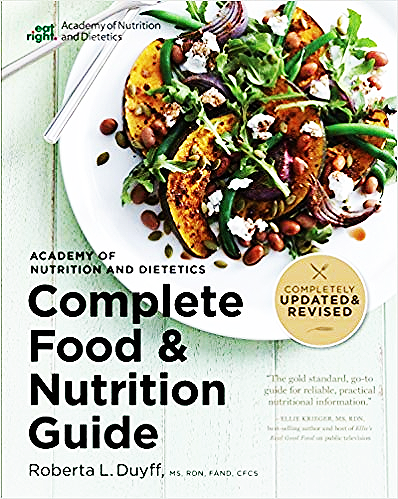

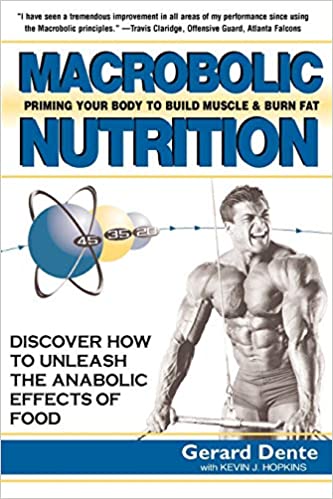

 By: Anthony Ricciuto
By: Anthony Ricciuto